What is a WDR Camera: Everything You Need to Know
In modern surveillance, few features are as impactful to image quality as Wide Dynamic Range (WDR). WDR is essential for capturing clear images in challenging lighting conditions, ensuring critical details are visible in both bright and dark areas. If you’ve ever struggled with security camera footage that’s either too bright to see or too dark to make out details, WDR might be the solution you’ve been searching for. This in-depth guide breaks down everything you need to know about WDR cameras—from the technology behind them to how they compare with similar systems, where to use them, and how to get the most out of their advanced capabilities.
What is WDR on a Camera?
WDR stands for Wide Dynamic Range, a technology used in video cameras to balance lighting levels in high contrast environments. When a scene contains both very bright and very dark areas, traditional cameras struggle to maintain visibility in both zones. The result is either a blown-out bright spot or a dark, unreadable area.

WDR technology ensures that both the bright and dark areas are visible by balancing the brightness and exposure across the image.
Imagine stepping out of a dimly lit movie theater into a sun-drenched street. At first, everything looks overwhelmingly bright. After a few moments, your eyes adjust, and you begin to see the details in both the sunlit street and the shaded areas of the sidewalk.
WDR on a smart camera works much like this human eye adaptation. The camera lens simulate this adjustment, capturing more detail in both the shadows and highlights. This is particularly important in surveillance, where recognizing faces or license plates often depends on capturing detail in both dark and bright lighting, especially in varying lighting conditions.
How Does a WDR Camera Work?
To understand how a WDR camera works, we need to explore the technical components that allow it to produce such balanced imagery.
Capturing Multiple Exposures
WDR cameras use a method called multi-exposure imaging. Here's how it works:
- The camera takes multiple images of the same scene, typically two: one with a slow shutter speed (to capture more light for dark areas), and one with a fast shutter speed (to prevent bright areas from becoming overexposed).
- These two images are combined into a single, balanced image using advanced processing algorithms.This process helps eliminate dark spots in challenging lighting conditions, resulting in clearer and more balanced footage.
Digital Signal Processing (DSP)
Once the images are captured, the camera’s Digital Signal Processor (DSP) merges the exposures and applies image processing algorithms to highlight detail and balance contrast. The result is a final image that retains detail in both dark and bright areas.
This process happens in real-time, allowing WDR-enabled surveillance cameras to deliver smooth and clear live video footage under difficult lighting conditions.
Different types of WDR
Not all WDR technologies are the same. There are three main categories, each with unique mechanisms and use cases.

Image courtesy of Newbridge
1. True WDR Cameras (Multi-frame Exposure)- Technology: True WDR technology combines multiple images captured at different shutter speeds.
- Features: Hardware-based; uses sophisticated sensors to detect light and manage dynamic range, along with real-time processing.
- Pros: Delivers the most accurate and high-quality image with even illumination across the scene.
- Best for: Environments with extreme lighting contrast (e.g., storefronts with sunlight exposure).
- Example: For instance, in a bank lobby with large windows, True WDR cameras use advanced sensors to balance the bright sunlight and indoor lighting, ensuring clear visibility of both the interior and exterior areas.
- Technology: Software-based adjustment that digitally enhances over- and underexposed areas.
- Features: Cheaper than True WDR, does not require special image sensors.
- Pros: More affordable.
- Cons: May result in grainy or lower-quality images.
- Best for: Indoor areas with moderate lighting fluctuations.
- Technology: Real-time adjustments to the image based on lighting conditions.
- Features: Software-driven; typically automatic.
- Pros: Useful in environments where lighting changes frequently.
- Cons: Less control and less effective in very high-contrast scenes.
WDR vs HDR vs Low-Light Cameras: What’s the Difference?
Choosing the right camera technology can be confusing, especially when terms like WDR, HDR, and low-light capability get thrown around. Each of these serves a unique purpose, and understanding their distinctions can help you decide which camera best suits your needs.
When evaluating WDR performance, decibel measurements are considered the industry standard for assessing camera sensor capabilities.
WDR vs HDR (High Dynamic Range)
-
Purpose:
- WDR (Wide Dynamic Range) is tailored for real-time video surveillance. It ensures that security footage maintains visibility across various lighting extremes without delay or manual adjustment.
- HDR (High Dynamic Range), on the other hand, is used primarily in photography and video production to enhance image quality through post-processing, making colors pop and shadows more defined.
-
Technical Difference:
- WDR uses real-time processing by capturing multiple exposures simultaneously and merging them instantly using DSP chips and image processing algorithms.
- HDR typically involves capturing multiple images or frames and combining them during post-processing for a high-fidelity result.
-
Use Case:
- Choose WDR for security systems where immediate clarity is necessary—such as identifying individuals or objects in fluctuating lighting.
- Choose HDR for content creation, cinematic footage, or high-quality still photography where artistic quality and editing time are prioritized.
WDR vs Low-Light Cameras
- WDR Enhances: Visibility in scenes with both very bright and very dark areas, like someone standing in a doorway with sunlight behind them.
- Low-Light Cameras Focus On: Capturing images in minimal or no lighting conditions, often using infrared (IR) or night vision technologies to amplify limited light.
-
Key Difference:
- WDR balances exposure across the frame using existing light sources and is most effective in high-contrast conditions.
- Low-light or night vision cameras are designed for near or total darkness, using specialized sensors or IR LEDs to enhance visibility where light is nearly absent.
When selecting a camera, assess whether your environment suffers more from intense lighting contrast or a lack of light altogether. WDR is invaluable in mixed lighting scenarios, while low-light cameras dominate in complete darkness.
What are the Benefits of WDR in Security Cameras?

Image courtesy of Reolink
- Enhanced Visibility in Challenging Lighting Conditions: Whether it's sunlight streaming through a window or headlights in a dark alley, WDR ensures details are visible.
- Prevents Silhouettes or Washed-Out Images: Cameras without WDR often struggle with backlighting. WDR ensures faces and objects aren't lost in overexposure.
- Better Facial Recognition: Balanced lighting makes it easier to detect facial features accurately.
- Improved License Plate Capture: WDR allows for clear recognition of license plates in areas with both bright light and deep shadow.
Where Are WDR Cameras Used?

WDR cameras are designed to handle environments with mixed or challenging lighting. Their ability to balance dark and bright areas in a single frame makes them suitable for various practical applications.
- Home Security: Reduces glare from lights and helps clearly capture people at doors or on driveways. It especially works well when the camera looks through glass doors.
- Retail & Offices: Handles strong backlight from entrance areas to improve indoor visibility and security, especially in indoor environments with variable lighting.
- Parking Lots & Roads: Balances light from car headlights and street lamps to improve clarity at night.
- Warehouses & Factories: Maintains clear footage in large areas with inconsistent lighting conditions.
How to Choose the Right WDR Camera
Explore this guide: Choosing Home Security Cameras
Key Specifications:
- True WDR vs DWDR: Go for True WDR if lighting variance is extreme.
- Resolution: Prefer cameras with 1080p or 4K resolution for detailed images.
- Night Vision Support: Look for WDR combined with IR for nighttime clarity.
Best WDR Cameras For:
See camera types
- Home Use: Compact, weather-resistant, and easy to install.
- Business Surveillance: Higher storage, multi-camera compatibility, motion detection.
- Outdoor Use: Waterproof, high dynamic range, long-range vision.
How to Adjust WDR Settings for Optimal Performance
Even great WDR cameras need proper tuning to perform at their best. While WDR technology works automatically in many modern cameras, manual adjustments can significantly enhance performance based on your environment. These adjustments can be made through the camera’s own interface or the video management software it connects to.
Common Issues:
- Overexposed highlights: Bright areas of the image may appear washed out, especially in sunlight or near light fixtures.
- Grainy footage in low light: Digital WDR or incorrect settings can increase noise in dark areas.
- Unnatural color rendering: Overcompensation in balancing may distort skin tones or object colors.
Solutions:
- Fine-tune WDR levels: Access the camera settings and adjust WDR intensity to achieve a better balance between shadow and highlight regions.
- Use in tandem with IR night vision: Combining WDR with infrared technology helps maintain clarity in total darkness while still benefiting from contrast balancing during transitional lighting.
- Supplement lighting: Install external lighting accessories like Wasserstein floodlights and mounts to ensure even lighting across the camera’s field of view, especially in outdoor or wide-angle setups.
Alternatives to WDR Cameras
While WDR is a powerful feature, it's not always the ideal choice. There are cases where different technologies are more effective or efficient.
When NOT to Use WDR
-
Uniformly lit environments: In areas with consistently low or even lighting, WDR may offer minimal benefits and could unnecessarily complicate image processing.
Comparable Technologies:
-
Infrared Night Vision: Best used in total darkness where there is little to no ambient light. Ideal for remote or rural areas.

- HDR Cameras: Offer superior color depth and clarity, but typically suited for recorded content or photography rather than real-time video.
- Thermal Imaging: Detects heat instead of light, making it invaluable for monitoring in complete darkness or smoke-filled areas.
Explore more camera options here: Best Night Vision Cameras in 2024
FAQ
Does WDR improve night vision?
Not directly. WDR helps balance contrast, but for darkness, you need IR or low-light cameras.
Is True WDR better than Digital WDR?
Yes. True WDR uses advanced hardware and produces superior results.
Do I need WDR for home security cameras?
Yes, especially if your home has windows, doors, or lights that create contrasting lighting.
Are WDR cameras compatible with smart systems like Ring or Blink?
Many are, but always check specifications for compatibility.
Do WDR cameras use more power?
Marginally more, due to additional processing.
How should I adjust WDR for outdoor use?
Increase sensitivity, use floodlights, and ensure proper positioning to avoid direct glare.
What’s the best WDR camera in 2025?
Look for models with 4K, True WDR, IR night vision, and AI features. Wasserstein offers several advanced models.


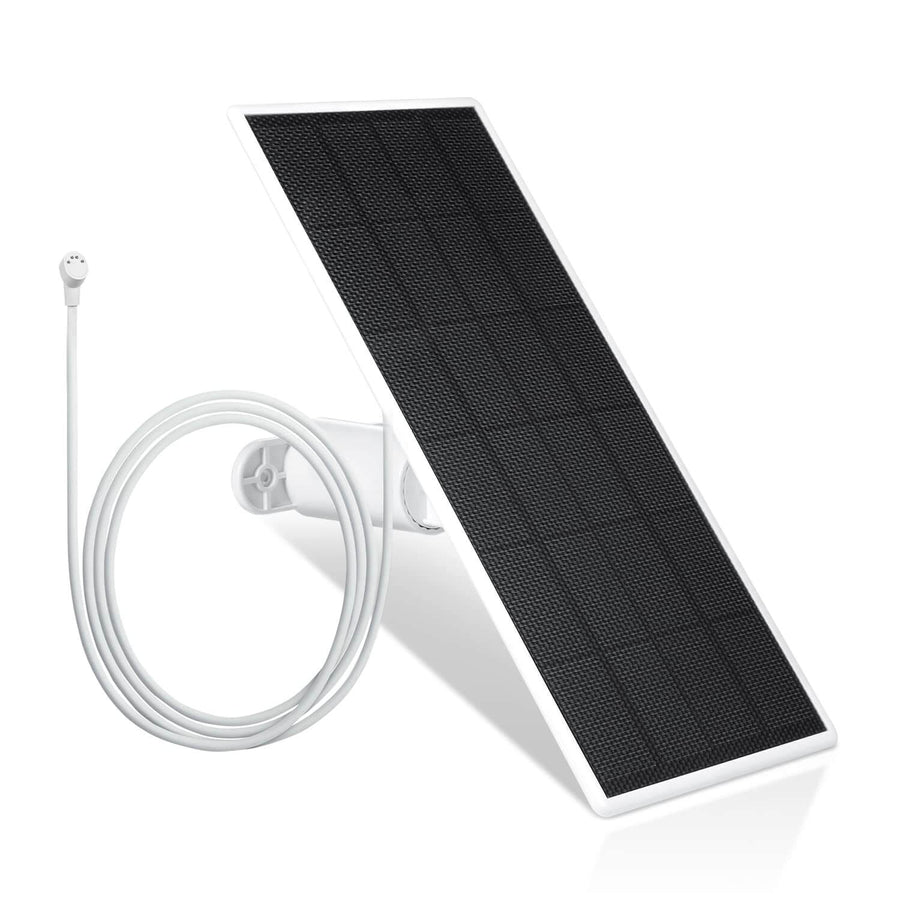
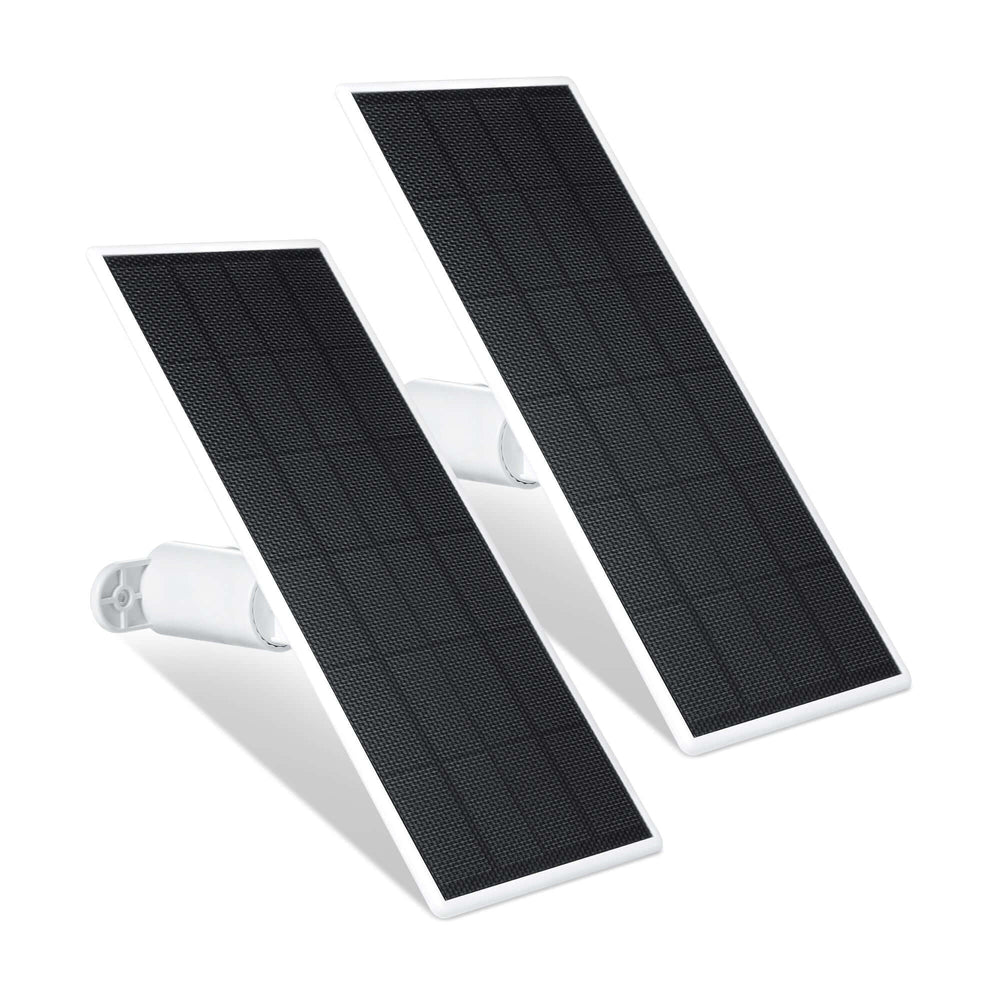

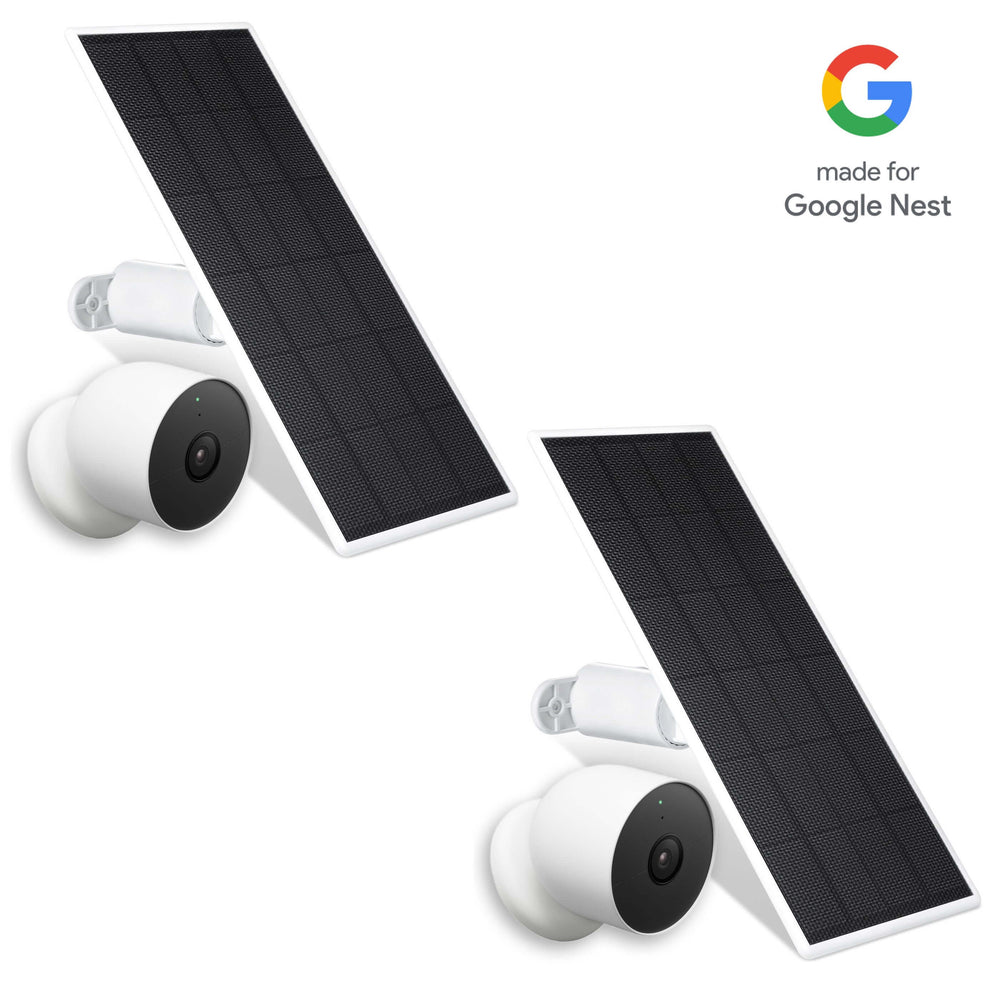
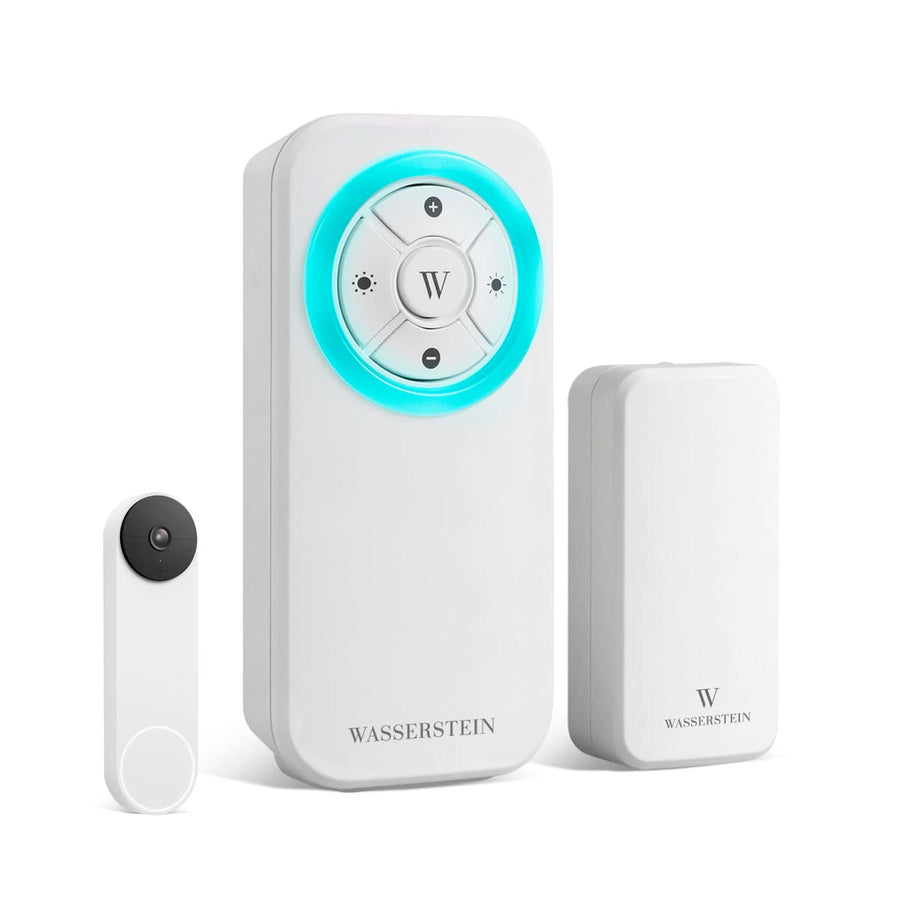
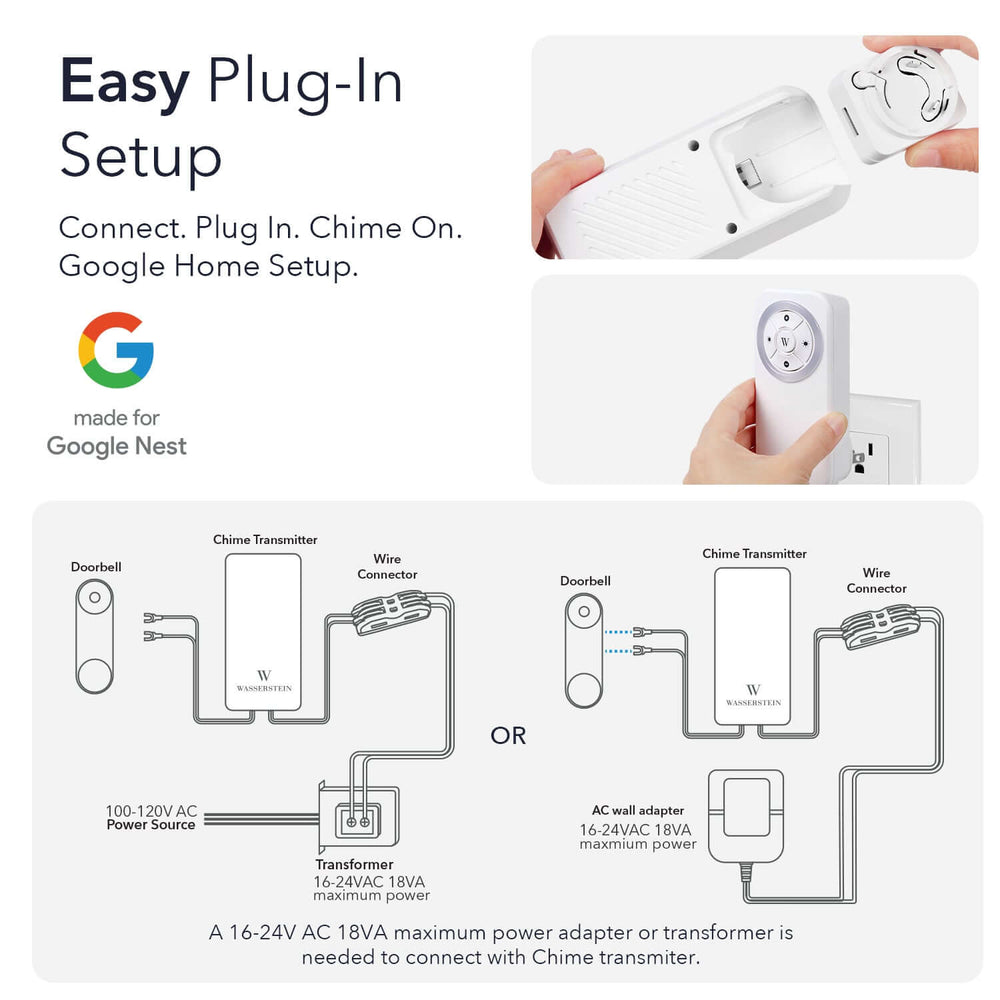
Leave a comment